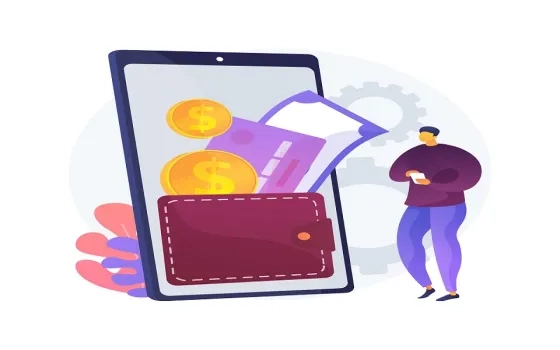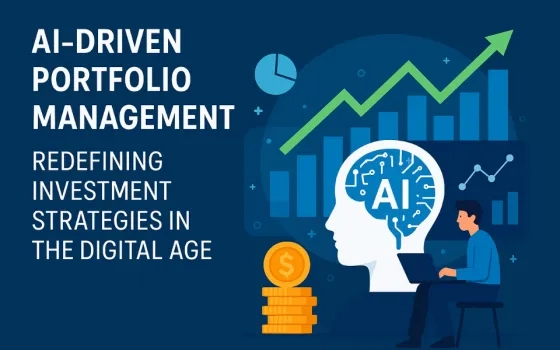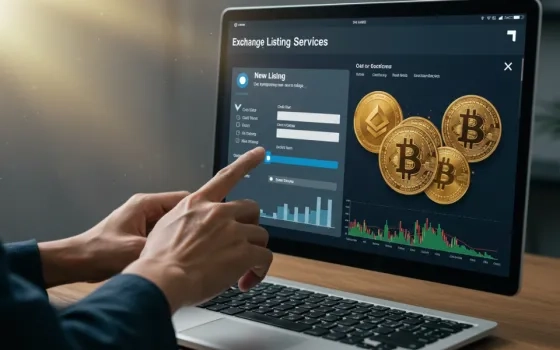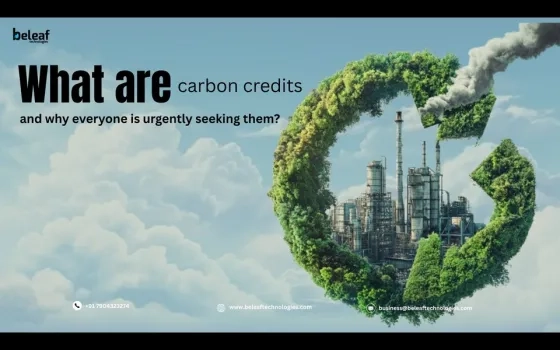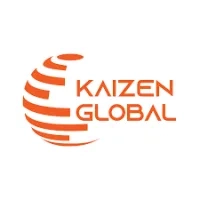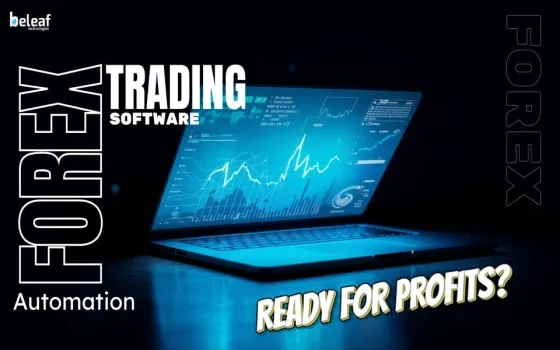As blockchain adoption accelerates across sectors—from finance and gaming to supply chains and real estate—the development of custom tokens has emerged as a crucial step in launching decentralized applications and digital ecosystems. But one foundational decision defines the future success of any token-based project: selecting the right blockchain. With an increasing number of Layer-1 and Layer-2 networks available, developers and project founders must navigate a complex landscape of trade-offs involving scalability, transaction fees, developer tooling, community support, and interoperability.
This blog explores the core principles of custom token development and provides a detailed guide on how to choose the most suitable blockchain for your project’s needs.
Understanding Custom Token Development
Custom token development refers to the process of designing, coding, deploying, and managing blockchain-based digital tokens that represent value or utility within a specific ecosystem. Unlike cryptocurrencies like Bitcoin, which function as standalone assets, custom tokens are often created on existing blockchains using token standards such as ERC-20 on Ethereum or BEP-20 on BNB Chain.
These tokens can serve various purposes—access to a decentralized application, governance rights, staking rewards, or real-world asset representation. Whether it's a utility token, security token, governance token, or non-fungible token (NFT), each variant demands careful planning and strategic alignment with the project’s long-term goals.
What makes token development “custom” is the ability to program unique functionalities into the smart contract layer. This includes supply mechanisms, vesting schedules, minting logic, burn rules, voting rights, and upgradeability features. These characteristics are deeply influenced by the capabilities and limitations of the blockchain platform chosen.
The Importance of Blockchain Choice
The blockchain you choose will serve as the foundation for your token’s performance, scalability, interoperability, and user experience. It impacts key factors such as:
-
Transaction fees and speed
-
Smart contract flexibility
-
Security and decentralization
-
Ecosystem support and toolkits
-
Integration with wallets, bridges, and exchanges
Choosing the wrong platform can lead to poor user adoption, technical bottlenecks, high maintenance costs, and even vulnerabilities. Therefore, this decision must be guided by both technical and business considerations.
Key Factors to Consider When Choosing a Blockchain
1. Purpose of the Token
Every token begins with a purpose. Is it a utility token for a decentralized application? A governance token for a DAO? A reward token for a gaming ecosystem? Or an asset-backed token for tokenized real estate?
For example, if your token is meant to support complex financial operations and integrations with DeFi protocols, Ethereum or its Layer-2 solutions might be more appropriate. On the other hand, if it’s built for fast microtransactions in a gaming environment, a high-speed and low-fee chain like Solana or Avalanche could be a better fit.
The intended use case should dictate the blockchain environment. The clearer your token’s role, the easier it is to match it with the technical characteristics of a particular blockchain.
2. Transaction Speed and Cost
Transaction fees and throughput are critical when your token needs to support high-frequency transactions or micro-payments. Ethereum, while secure and mature, is often criticized for its high gas fees, especially during periods of network congestion. That’s why Layer-2 scaling solutions like Arbitrum and Optimism have gained popularity—they reduce costs while retaining Ethereum’s security model.
BNB Chain and Polygon offer relatively low fees and faster finality, making them attractive for dApps with a large user base. For high-performance needs, blockchains like Solana or Avalanche provide throughput in the thousands of transactions per second, which is ideal for applications requiring real-time responsiveness.
Understanding how your token will be used at scale is essential to avoid bottlenecks and to ensure an optimal user experience.
3. Smart Contract Capabilities
Your blockchain’s smart contract environment determines how feature-rich and customizable your token can be. Ethereum sets the industry standard with Solidity-based smart contracts and a massive library of reusable components. This makes it easier for developers to build tokens with complex logic, integrate DeFi protocols, and add features like staking, burning, or voting.
However, newer platforms like NEAR Protocol and Aptos are gaining attention with their developer-friendly programming environments and support for languages like Rust and Move. These can offer enhanced safety, upgradability, and flexibility, especially for teams that want to explore non-EVM routes.
If you're planning unique functionalities in your tokenomics or governance, ensure your chosen blockchain has the development stack and smart contract support to handle it.
4. Ecosystem and Community Support
A blockchain’s ecosystem determines how easily your token can be adopted and integrated. Ethereum still leads in terms of integrations with wallets, DeFi protocols, NFT marketplaces, and developer tooling. However, newer chains like Avalanche, Fantom, and Base are rapidly expanding their ecosystems and offering generous grants and liquidity incentives for token developers.
Community size also matters. A vibrant developer and user community often signals better documentation, more third-party support, and quicker resolution of issues. This is particularly crucial when building long-term decentralized applications where continuous feedback and contributions from the community are essential for growth.
If you're planning for public adoption, listing, and usage, then having a token built on a blockchain with a strong ecosystem and active community can be a strategic advantage.
5. Interoperability and Cross-Chain Support
Many tokenized ecosystems today are no longer confined to a single chain. With the rise of cross-chain bridges and multichain dApps, it's important to evaluate whether your chosen blockchain supports easy interoperability.
Platforms like Polkadot and Cosmos were designed with cross-chain functionality in mind. Meanwhile, Ethereum-compatible chains like Polygon and Arbitrum enable easier migration and bridge compatibility with the broader Ethereum ecosystem.
If your goal is to enable liquidity across exchanges or interact with protocols on multiple chains, building with interoperability in mind from day one is crucial. Tokens that are easily portable across networks will likely benefit from higher adoption and liquidity.
6. Regulatory Considerations
Different jurisdictions have different rules around token issuance, especially if the token could be considered a security. Some blockchains offer features designed to support regulatory compliance. For instance, certain enterprise-focused blockchains like Hyperledger or permissioned versions of Ethereum enable KYC/AML layers and restricted access controls.
Even public blockchains like Stellar and Tezos have been used in compliance-heavy environments due to their token issuance frameworks that support identity verification and asset control. If your token is targeting regulated sectors like finance, real estate, or supply chain, choosing a blockchain that can support compliant development is critical.
Comparing Popular Blockchain Options for Token Development
Ethereum
Ethereum remains the go-to blockchain for most token developers due to its maturity, security, and robust developer tooling. It supports well-defined token standards like ERC-20, ERC-721, and ERC-1155, with the largest DeFi and NFT ecosystems.
However, high gas fees and scalability limitations can be a concern. Ethereum is best for projects that prioritize decentralization, composability, and access to a rich ecosystem.
BNB Chain
BNB Chain is a low-cost, high-speed alternative that supports EVM-compatible tokens via the BEP-20 standard. It's a solid choice for projects that want fast execution and lower fees without sacrificing smart contract flexibility. Its massive user base and Binance ecosystem integration offer solid advantages for token launches.
Polygon
Polygon provides Layer-2 scalability for Ethereum, making it ideal for tokens that want Ethereum compatibility with lower fees and faster finality. Its support for zkEVM and wide ecosystem adoption makes it a strong candidate for DeFi, gaming, and utility tokens.
Solana
Known for its speed and low fees, Solana is ideal for real-time applications like gaming and microtransactions. While it doesn’t use EVM, it offers powerful parallel processing through its Sealevel engine. Developers must use Rust or C-based languages, which requires a different skill set.
Avalanche
Avalanche provides high throughput and customizable subnets for projects needing scalability and isolation. Its support for both EVM and custom virtual machines makes it suitable for DeFi, enterprise, and tokenization use cases.
Final Thoughts: Build with a Blockchain That Aligns with Your Vision
Custom token development is more than just deploying a smart contract—it’s about designing an asset that serves a specific purpose within your digital ecosystem. Choosing the right blockchain is the cornerstone of this process. It defines how your token will perform, evolve, and scale over time.
There’s no one-size-fits-all answer. A DeFi governance token may thrive on Ethereum or Arbitrum, while a gaming reward token might be best suited for Solana or Avalanche. The right blockchain is the one that aligns with your project’s performance requirements, user base, compliance needs, and long-term vision.
Before you write a single line of code, spend time assessing your options, researching the trade-offs, and consulting with experienced blockchain developers. The effort you invest at this stage will determine your token’s success long after it launches.



